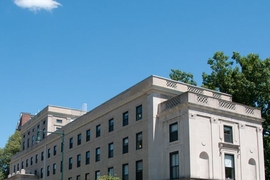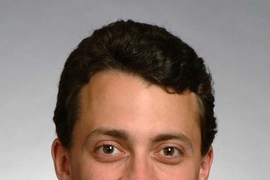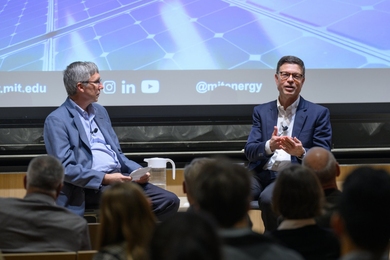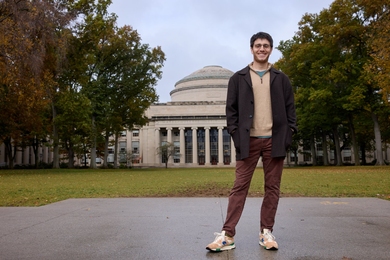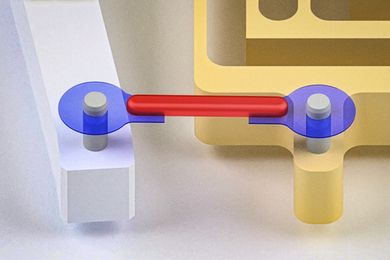Free snow shoveling? After 2015’s interminable winter weather, that perk alone might be enough to tempt MIT faculty members to be housemaster for a residential community. But ask housemasters what they liked most about their time in the residence halls, and they will tell you the less tangible satisfaction of helping a community of scholars live, work, and grow together far outweighs complimentary snow removal.
Housemasters at MIT influence all areas of student development, acting as advisors and mentors to their community members, teaming with their house’s student government and Residential Life staff to foster the community’s culture. Undergraduate housemasters also work closely with graduate resident tutors (GRTs) to support students, and are further assisted by an area director (AD), who helps develop social and educational programming for the community.
The long-time housemasters from three undergraduate communities — Dava Newman SM ’89 PhD ’92 and Gui Trotti in Baker House, Munther and Jinane Dahleh in MacGregor House, and Charles Stewart III and Kathryn Hess in McCormick Hall — have been part of their communities for 53 years combined. “These wonderful colleagues have served their communities with distinction for 10, 20, and 23 years respectively,” says Chris Colombo, dean for student life and Next House housemaster. “Now we are beginning the search for energetic and enthusiastic tenured faculty members to take over these important appointments.”
McCormick Hall (Building W4) is at 320 Memorial Drive and is the only all-women’s residence on campus, home to 233 undergraduates and a dining hall. The building comprises the west tower (opened in 1963), the east tower (opened in 1967) and the annex (added in 1993). Seven GRTs each serve an average of about 30 students, and an AD is also in-residence.
Baker House (Building W7) is at 362 Memorial Drive, and home to 317 undergraduates and a dining hall. Opened in 1949, the building was designed by famed Finnish architect Alvar Aalto. An AD is in-residence, each of the six floors has its own GRT, and one additional GRT mentors the Baker Leaders program.
MacGregor House (Building W61) is at 450 Memorial Drive, home to 318 undergraduates, and is a cook-for-yourself community. Opened in 1970, the building comprises nine sections — referred to as “entries” — each with its own GRT. The housemasters are further supported by associate housemasters and an AD.
As the search committees are being formed, tenured faculty members are welcome to attend a dinner with current housemasters on Wednesday, March 18, at 6 p.m., where potential applicants can learn about life as a housemaster. For more details and to RSVP for the dinner, please email Victoria Davenport. Faculty who are unable to attend the dinner but still want to apply are encouraged to send a letter of interest and CV to Henry Humphreys, senior associate dean for student life.

